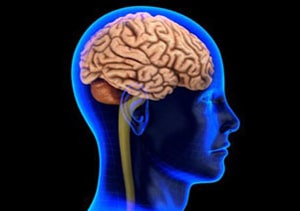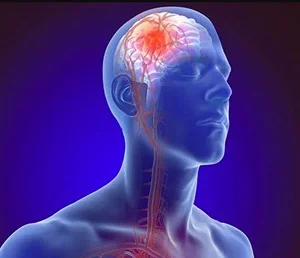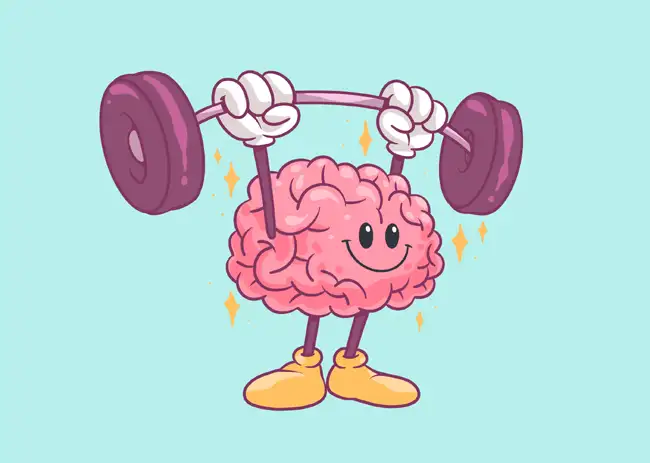Table of Contents
Lateralization
Lateralization argues that the location of language functions is fixed in one of the brain’s two hemispheres, usually the left one. Cerebral lateralisation or cerebral dominance refers to the differential proficiency of the cerebral hemispheres for the acquisition, performance and control of certain specific neurological functions.
Infants as young as four days show a right ear advantage for syllables and a left ear advantage for musical sounds. There is some evidence of greater left hemisphere activity for speech sounds, and greater right hemisphere activity for nonspeech (noises, piano, chord) in one-week to ten-month olds.

Lenneberg (1967) laid foundations for scientific study of modular brain. His behavioural observations of “developmental Milestones in Motor and Language Development” implied a biological and maturational component in language development, similar to motoric development. Localists seek specific centers in the brain to account for different functions, an approach that is compatible with a specialised language faculty.
Our Brain

The 1990s are sometimes referred to as the ‘decade of the brain’, as it was during this decade that there was a substantial growth in brain studies. The most complex structure in the known universe. Although elephants and whales have larger brains, they don’t have any real kind of language. There are approximately 100 billion neurons in cerebral cortex, about the same order of magnitude as the number of stars in the Milky Way.

It is important to recognise that different people have different brains—as Schumann insisted, they are as different as faces. As Schumann put it, the implicit hypothesis is that the variation in abilities manifest across individuals is caused by differences in the physical and chemical structure of the brain.

There are approximately 100 trillion synapses, the mechanisms by which neurons communicate; reflect structural and functional specialization between neurons where transmission occurs. By the time a child is two years old, the brain will have more than tripled its mass and come close to its full size. Electrical events by which neurons communicate occur in milliseconds, faster than available brain imaging techniques can measure. Plasticity of the brain refers to the brain’s ability to assume functions as a result of experience when other regions have been damaged or lost.
References
Lenneberg, E. H. (1967). Biological foundations of language. New York: Wiley.



